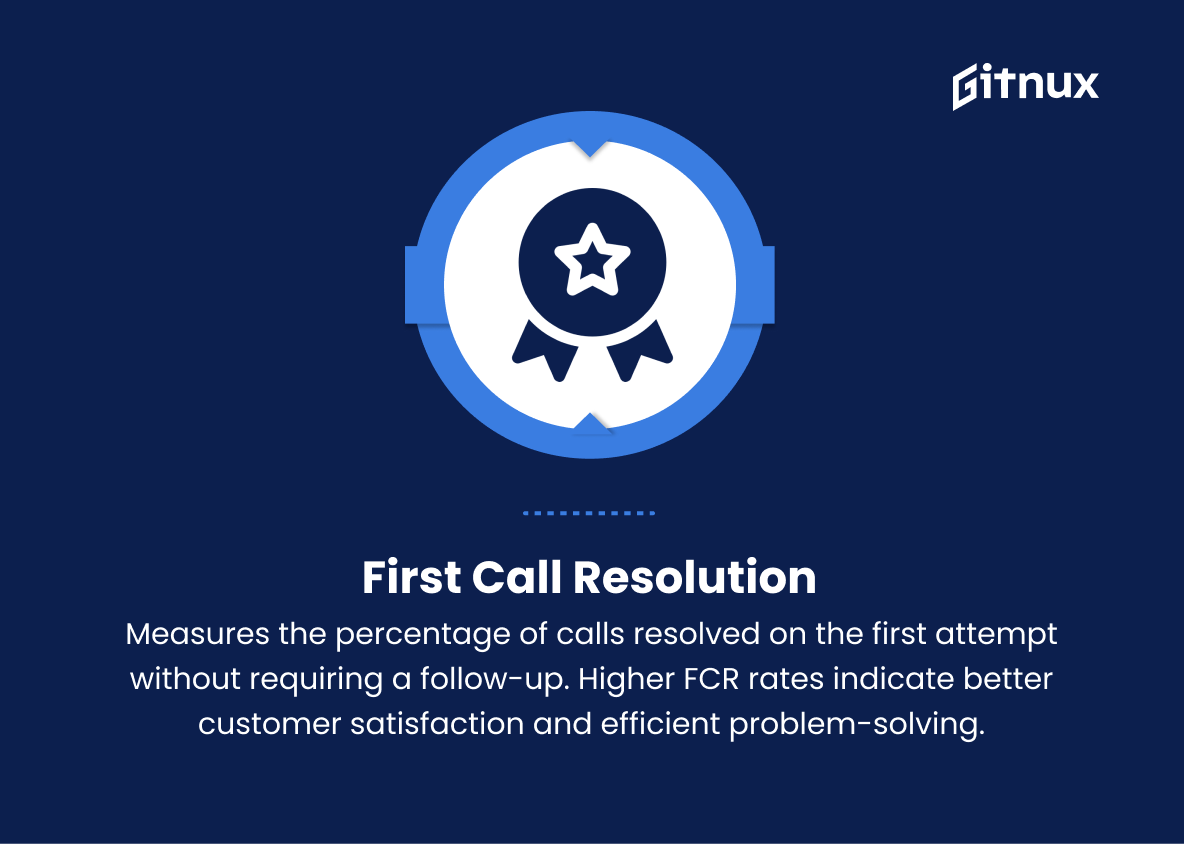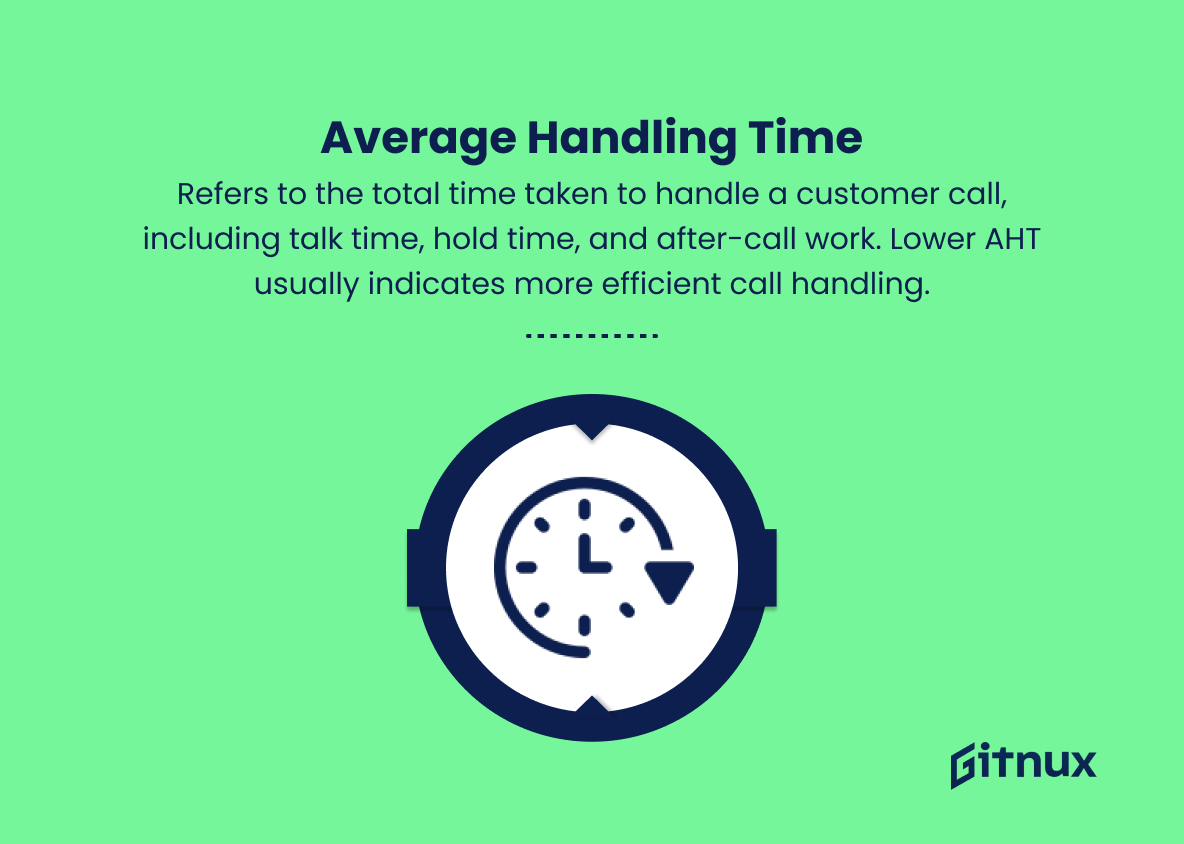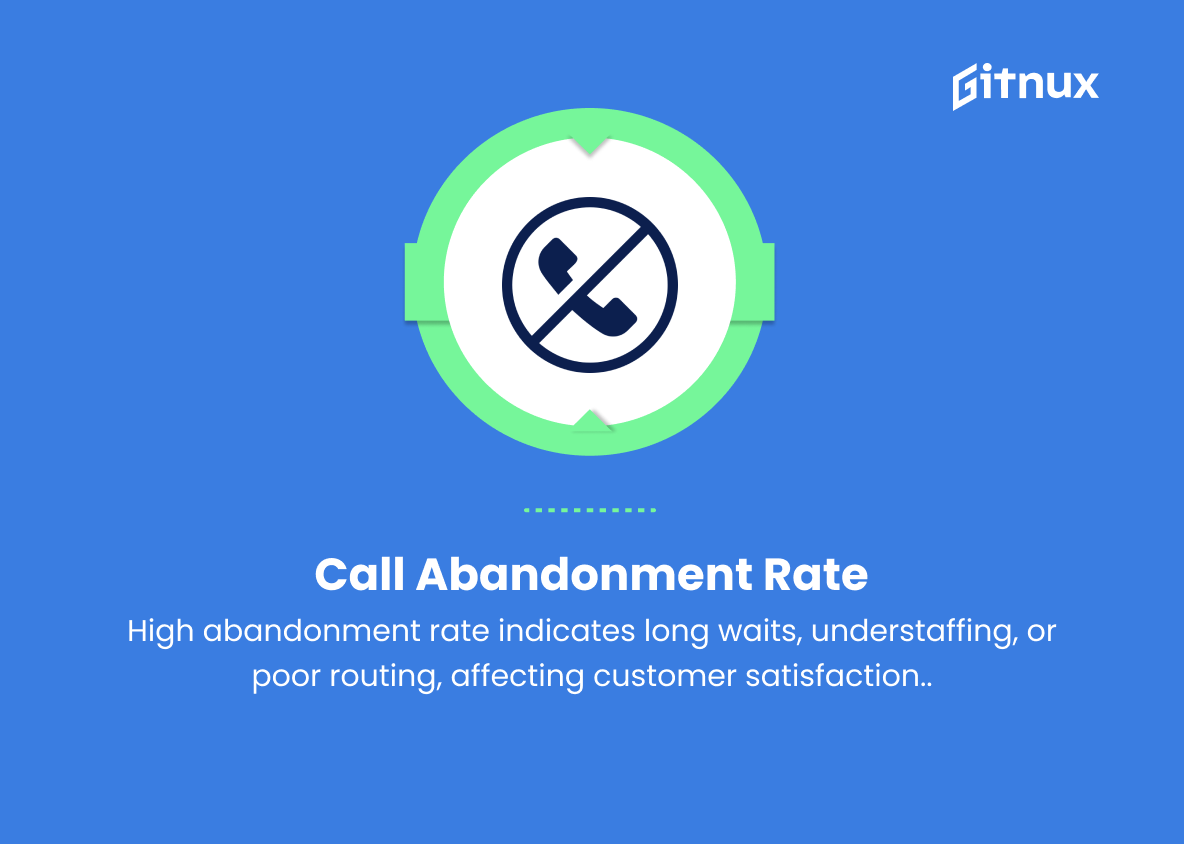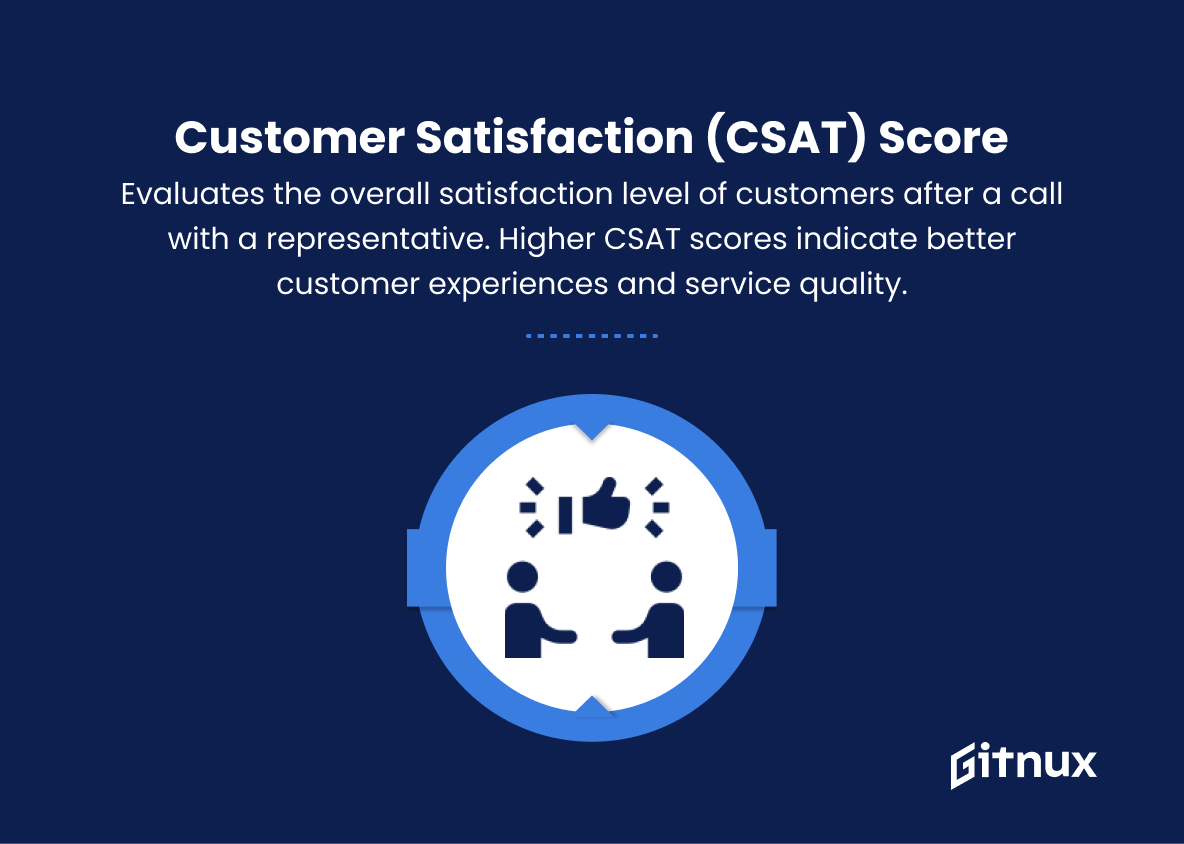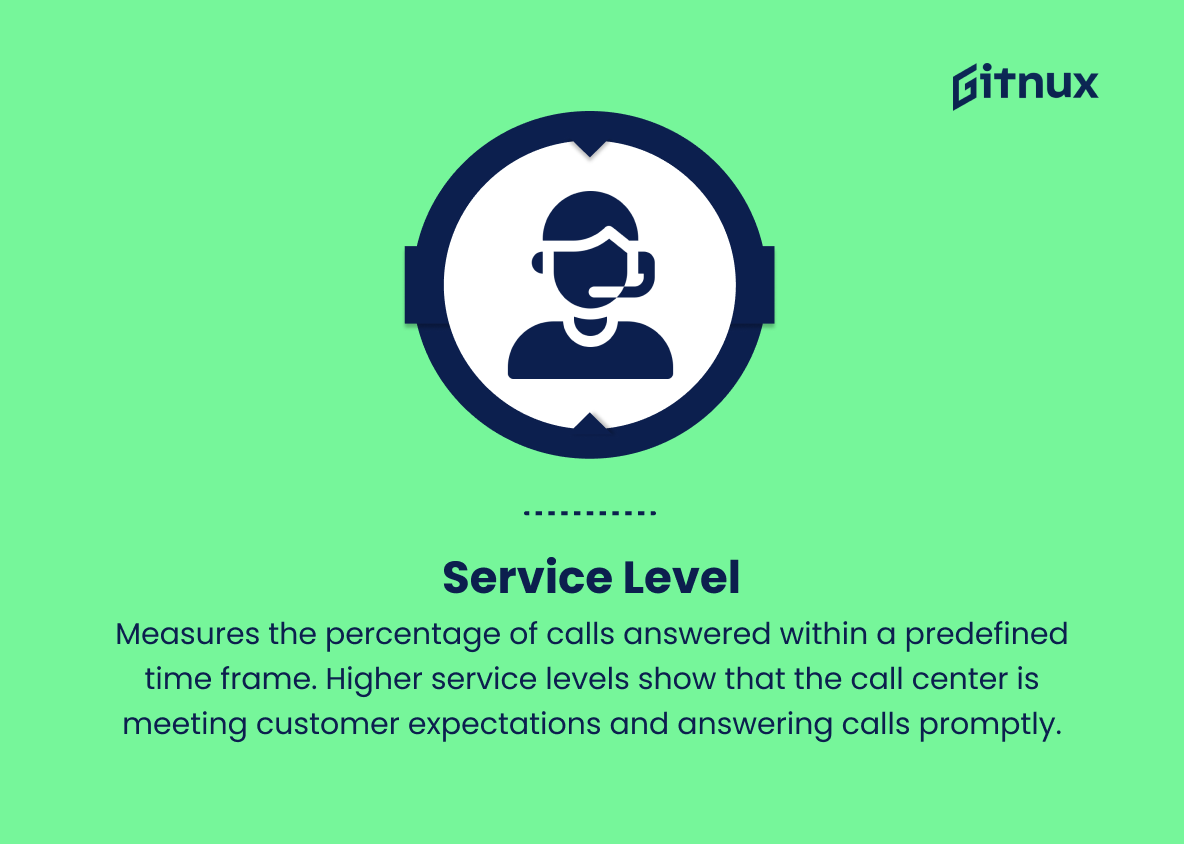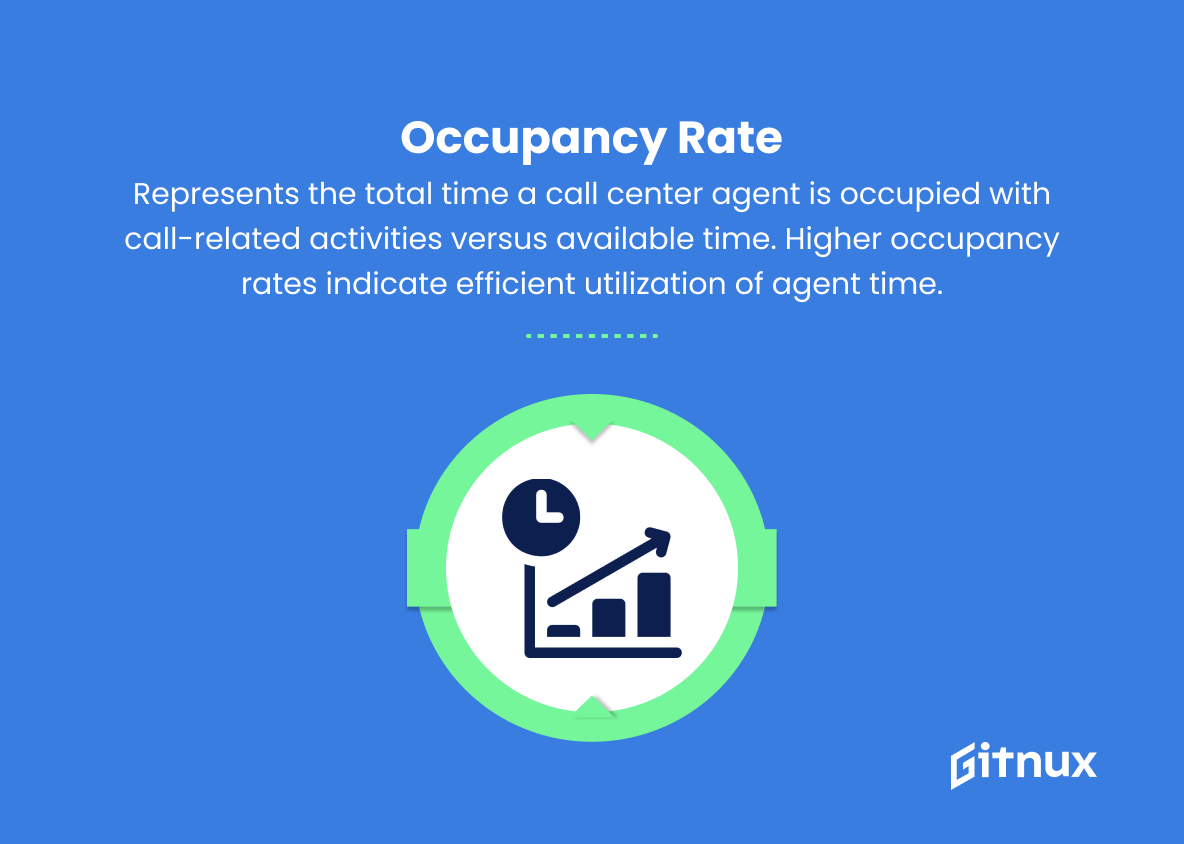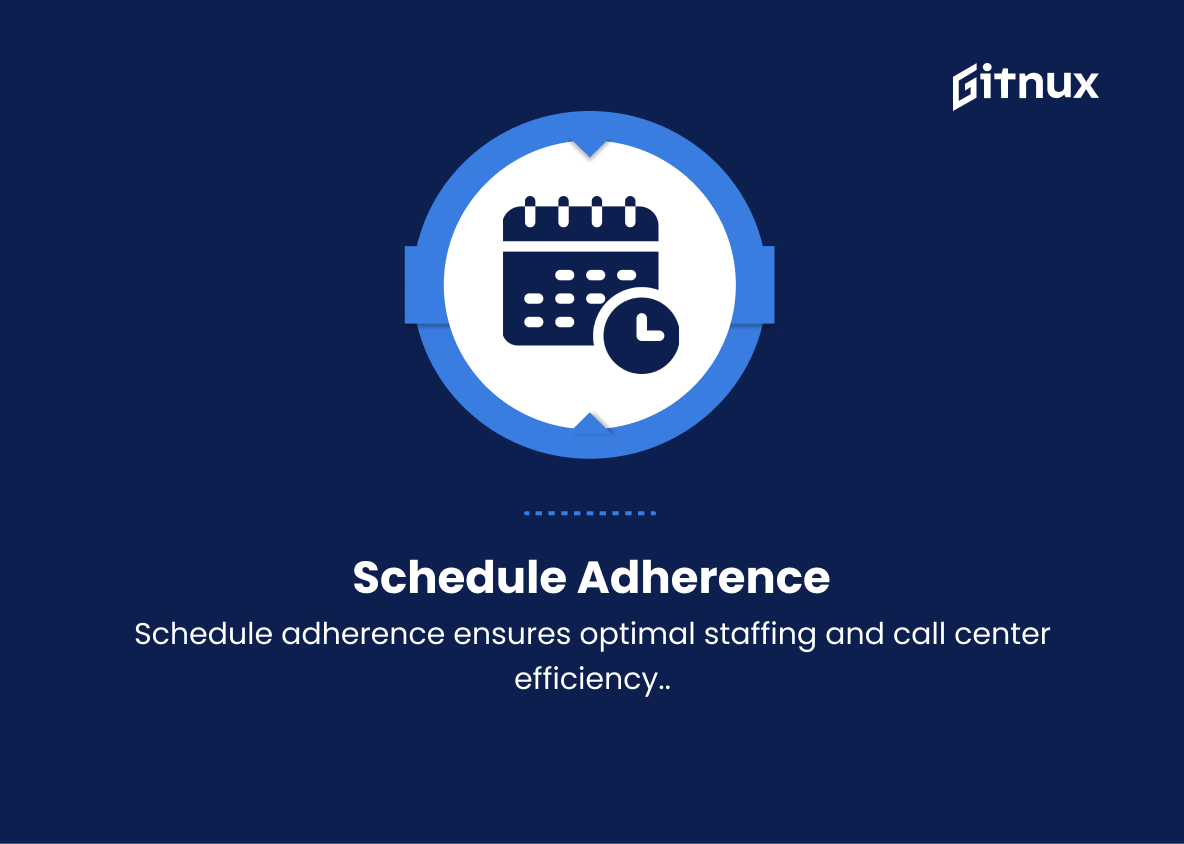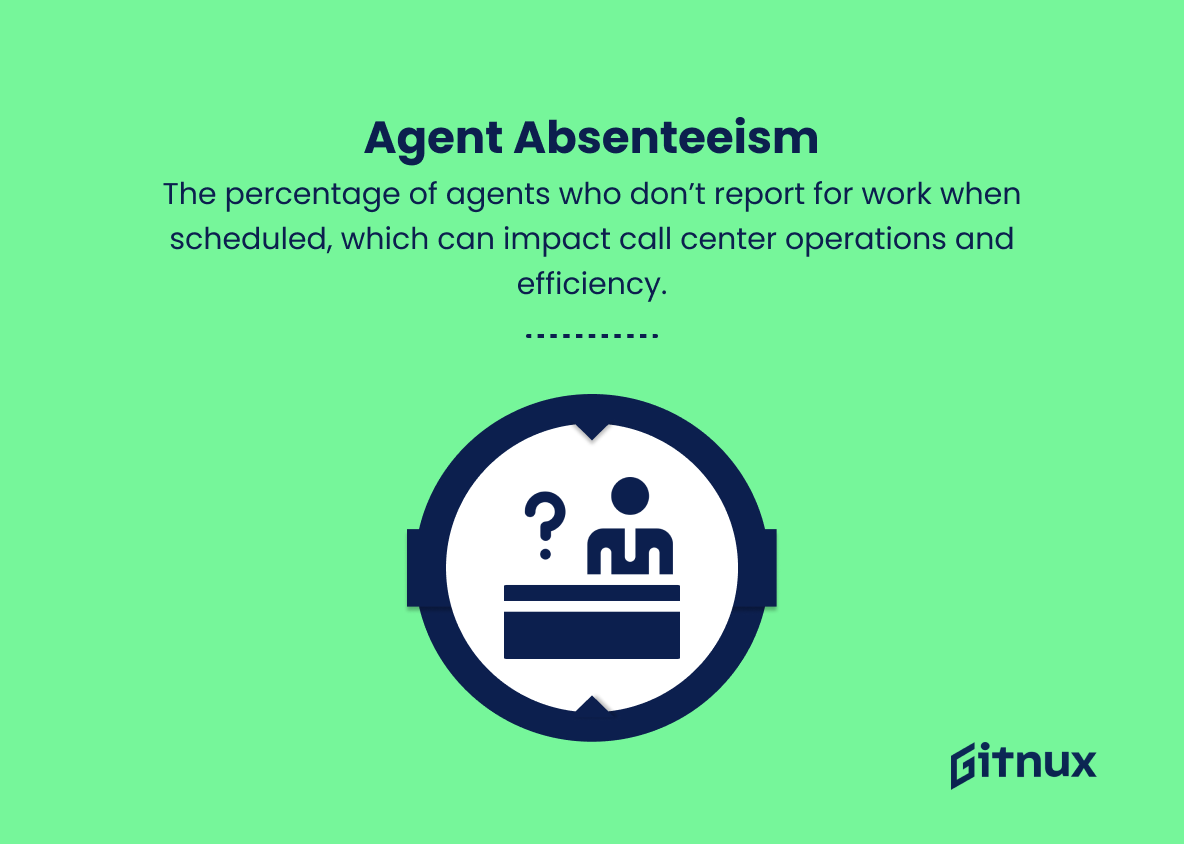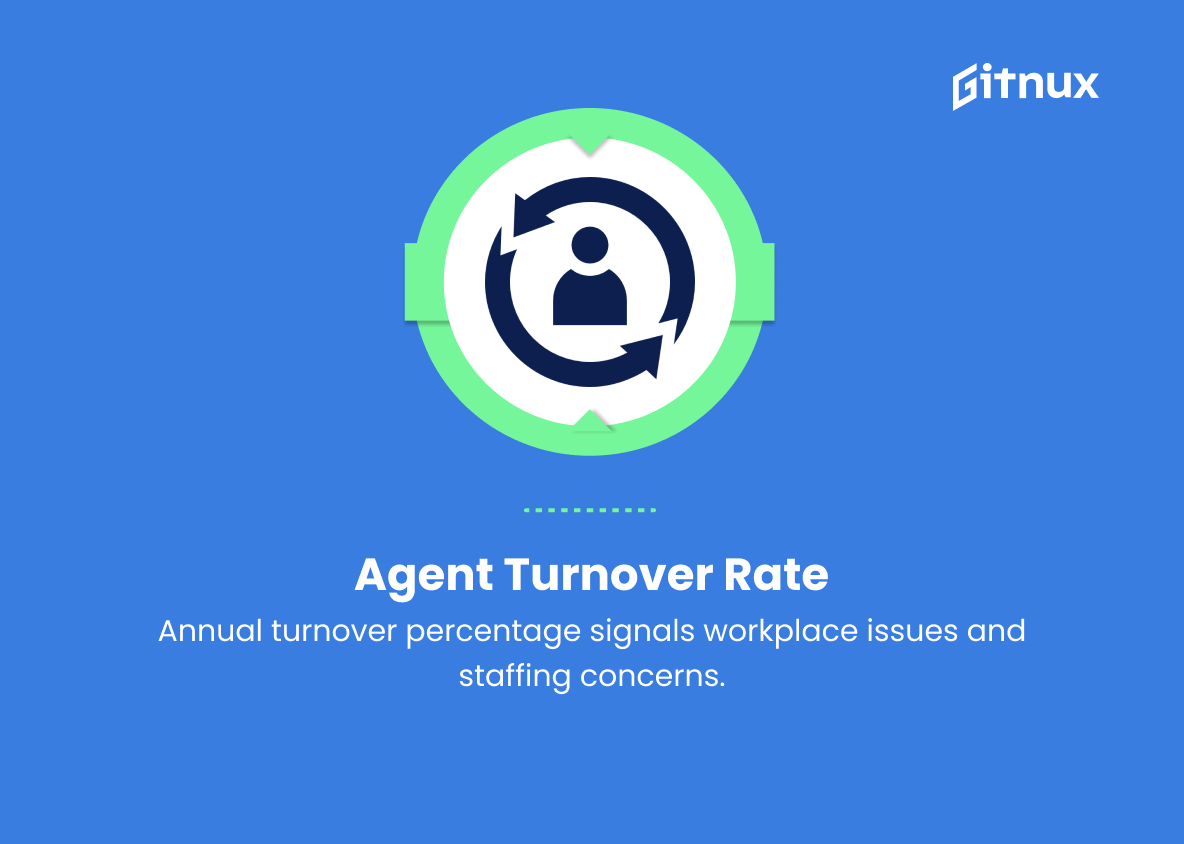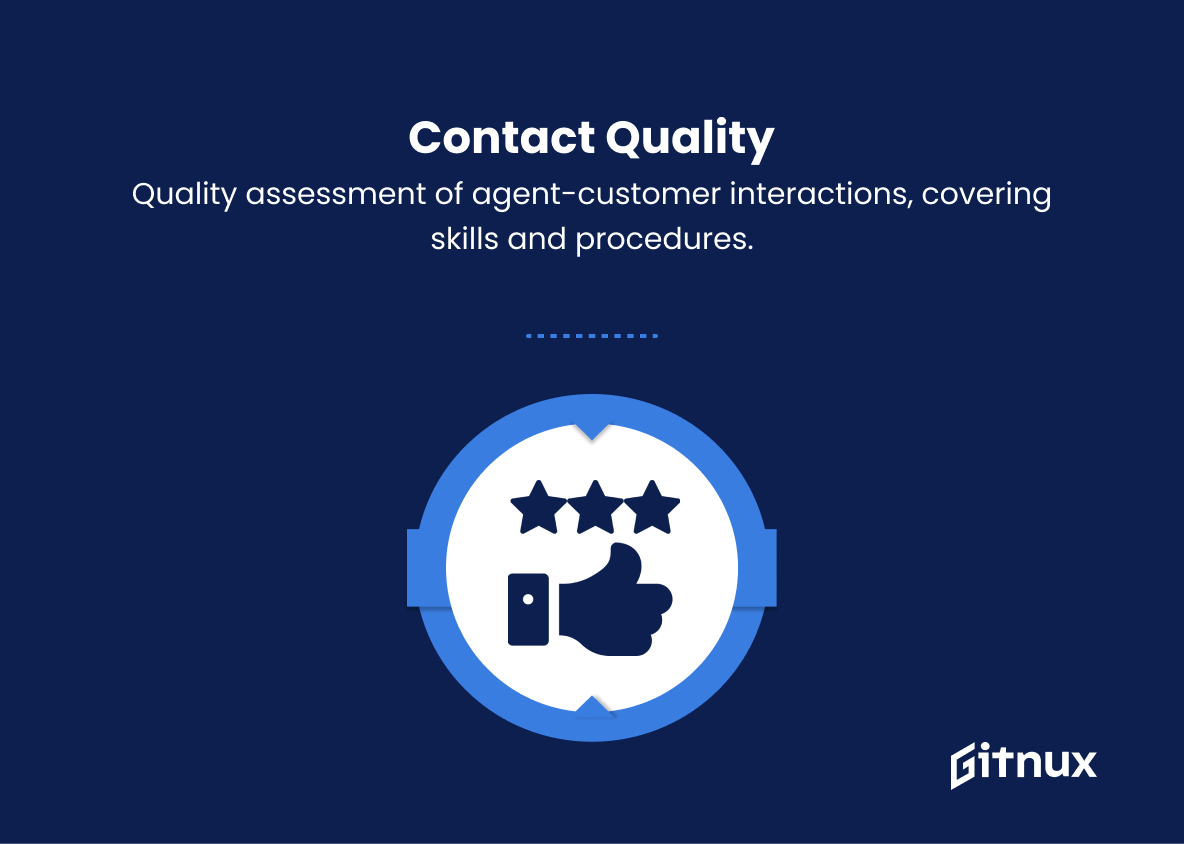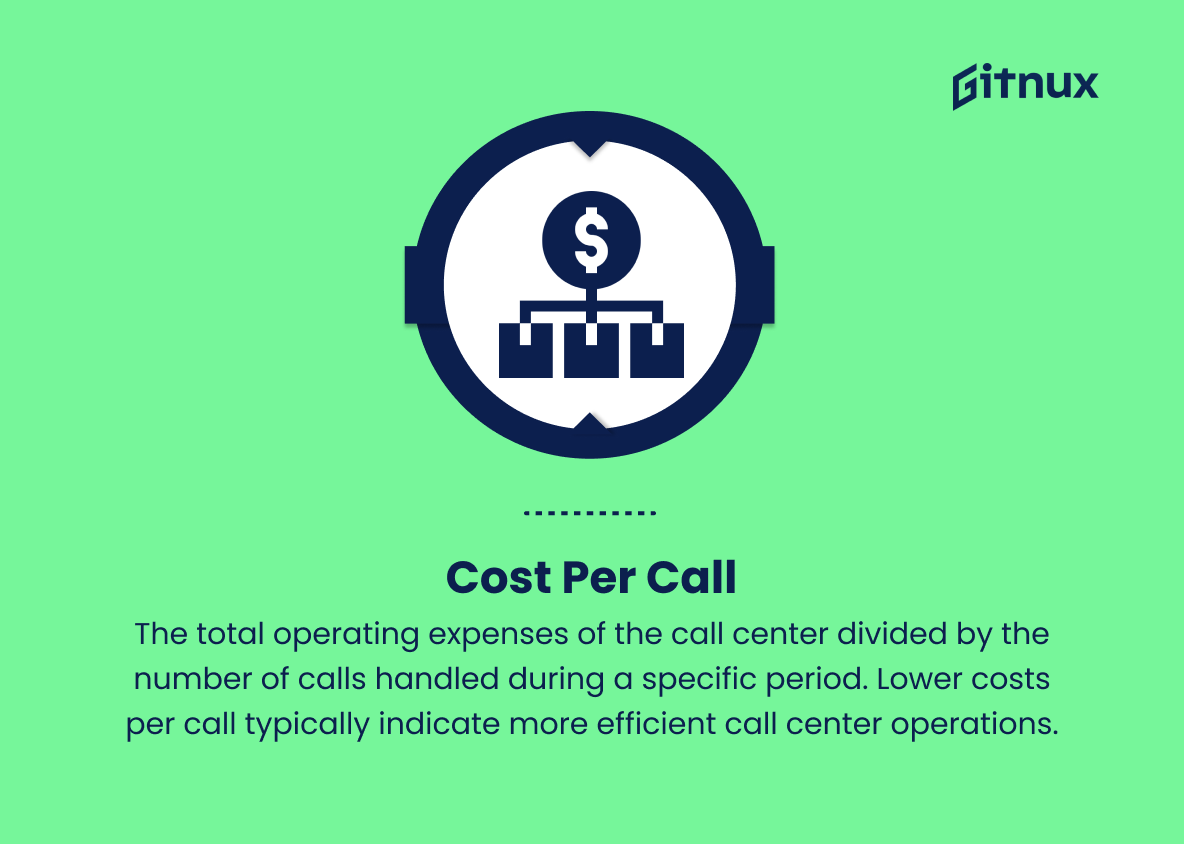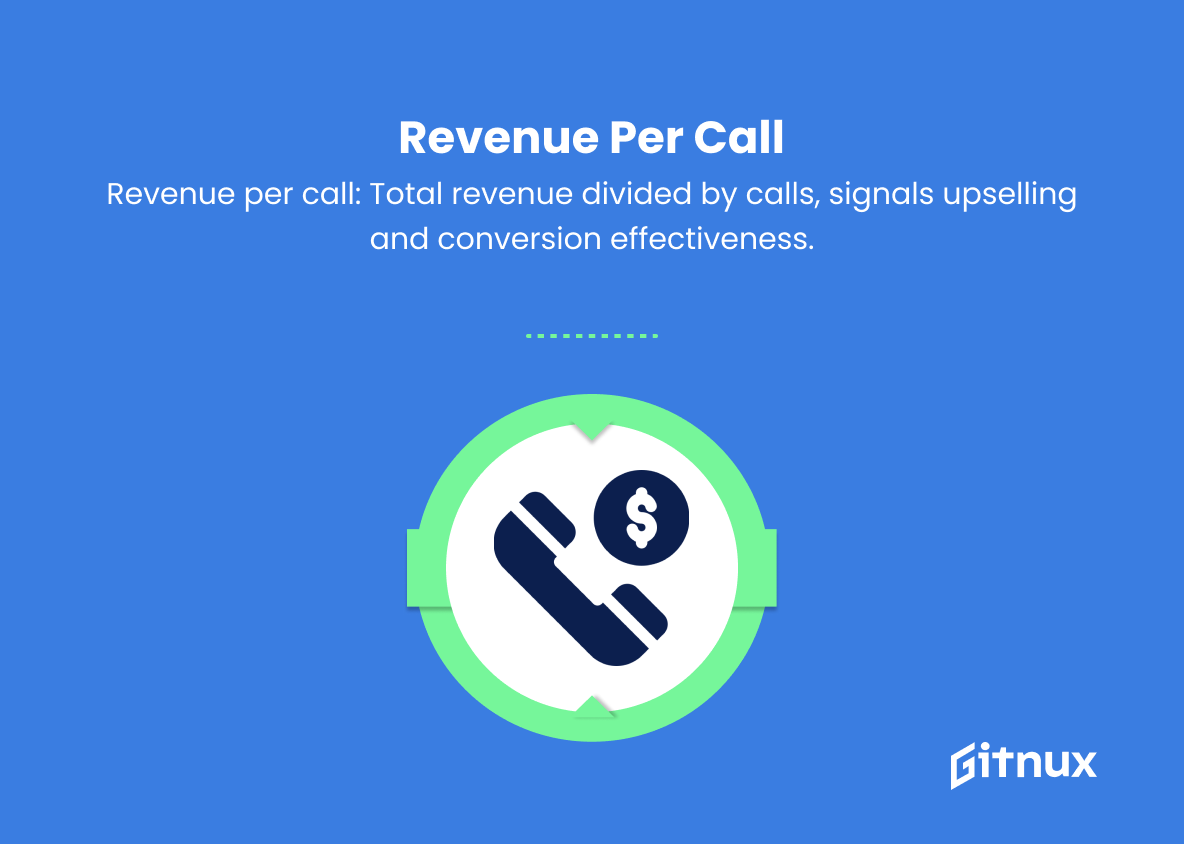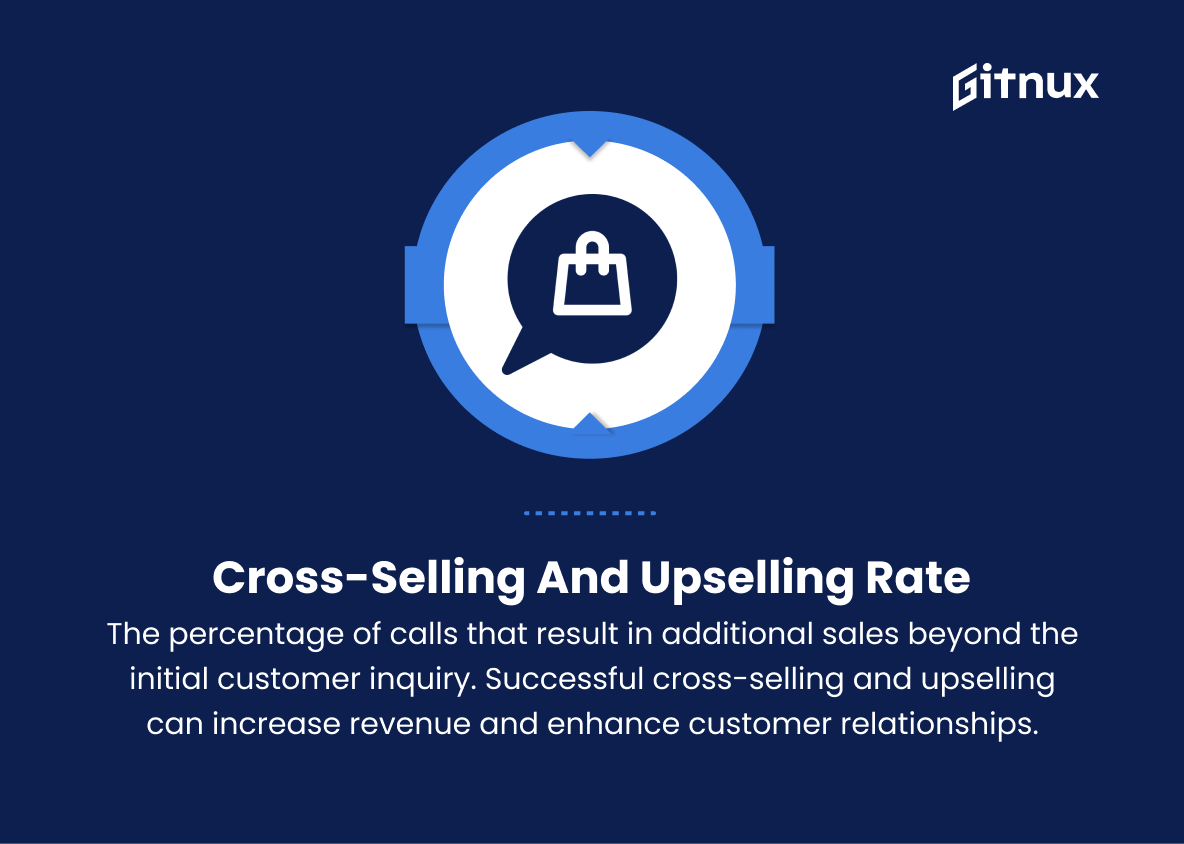In today’s highly competitive and rapidly-evolving business landscape, efficient and effective customer service is crucial to maintaining customer loyalty and staying ahead of the competition. Call centers are at the heart of this mission, serving as the primary point of interaction between organizations and their valued customers.
To ensure that call centers consistently deliver exceptional service levels and meet the needs of their customers, it is imperative to measure performance using a variety of Key Performance Indicators (KPIs). This blog post will explore the most important Call Center KPIs, shedding light on their significance and offering valuable insights on maintaining a high-performing call center operation. So, let’s dive in and unveil the essential metrics that can transform your call center into a powerhouse for customer satisfaction and business growth.
Call Center KPIs You Should Know
1. First Call Resolution (FCR)
Measures the percentage of calls resolved on the first attempt without requiring a follow-up. Higher FCR rates indicate better customer satisfaction and efficient problem-solving.
2. Average Handling Time (AHT)
Refers to the total time taken to handle a customer call, including talk time, hold time, and after-call work. Lower AHT usually indicates more efficient call handling.
Agent Absenteeism is the percentage of agents who don’t report for work when scheduled, which can impact call center operations and efficiency.3. Call Abandonment Rate
The percentage of callers who hang up before their call is answered by an agent. A high abandonment rate indicates long waiting times, understaffing, or poor call routing, all of which can negatively impact customer satisfaction.
4. Customer Satisfaction (CSAT) Score
Evaluates the overall satisfaction level of customers after a call with a representative. Higher CSAT scores indicate better customer experiences and service quality.
5. Service Level
Measures the percentage of calls answered within a predefined time frame. Higher service levels show that the call center is meeting customer expectations and answering calls promptly.
6. Occupancy Rate
Represents the total time a call center agent is occupied with call-related activities versus available time. Higher occupancy rates indicate efficient utilization of agent time.
7. Schedule Adherence
Measures how closely agents stick to their planned work schedules, including breaks and lunches. Maintaining high schedule adherence ensures optimal staffing levels and efficient call center operation.
8. Agent Absenteeism
The percentage of agents who don’t report for work when scheduled, which can impact call center operations and efficiency.
9. Agent Turnover Rate
The percentage of employees leaving the call center within a certain period, usually annually. High turnover rates can indicate a stressful work environment, low job satisfaction, or inadequate staffing.
10. Contact Quality
A qualitative measure assessing the overall interaction quality between agents and customers, including communication skills, problem-solving abilities, and adherence to call center procedures.
11. Cost per Call
The total operating expenses of the call center divided by the number of calls handled during a specific period. Lower costs per call typically indicate more efficient call center operations.
12. Revenue per Call
The total revenue earned during a period divided by the total number of calls handled. Higher revenue per call can be indicative of effective upselling or high customer conversion rates.
Call Transfer Rate is the percentage of calls where the agent needs to transfer the customer to another agent or department.13. Cross-selling and upselling rate
The percentage of calls that result in additional sales beyond the initial customer inquiry. Successful cross-selling and upselling can increase revenue and enhance customer relationships.
14. Call Resolution Time
Used to track the amount of time it takes to resolve customer inquiries or complaints fully. Lower resolution times indicate expedited problem-solving by call center agents.
15. Call Transfer Rate
The percentage of calls where the agent needs to transfer the customer to another agent or department. A high call transfer rate may indicate inadequate agent training or inefficient call handling processes.
Call Center KPIs Explained
Call center KPIs are crucial metrics that help assess and improve the performance and efficiency of a call center, ensuring exceptional customer service and driving organizational success. Key indicators, such as First Call Resolution (FCR), Average Handling Time (AHT), and Call Abandonment Rate, provide insights into customer satisfaction, efficient problem-solving, and effective call handling. Additionally, metrics like Customer Satisfaction (CSAT) Score, Service Level, and Occupancy Rate ensure that customers receive prompt attention and a high-quality call experience.
Monitoring Schedule Adherence, Agent Absenteeism, and Agent Turnover Rate aids in managing the workforce effectively and addressing any issues that impact the overall productivity. Furthermore, insights derived from Contact Quality, Cost per Call, Revenue per Call, Cross-selling and Upselling Rate, Call Resolution Time, and Call Transfer Rate allow call centers to optimize their operations, enhance customer interaction, increase revenue, and identify areas requiring improvement.
In summary, these diverse KPIs are vital in driving performance and ensuring that call centers achieve their goals while delivering outstanding customer service.
Conclusion
In summary, understanding and effectively implementing key performance indicators (KPIs) is essential for any call center striving for excellence. By tracking criteria such as average handle time, first call resolution, call abandonment rates, customer satisfaction, and agent occupancy, call center managers are better equipped to identify areas of improvement and drive overall performance.
By keeping a close eye on these crucial metrics, call centers will not only optimize their operations but also enhance their customer experiences, consequently boosting their reputation in the industry. Continual analysis and appropriate adjustments to these KPIs will ensure that call centers remain agile, adaptive, and efficient in the ever-evolving customer service landscape.
